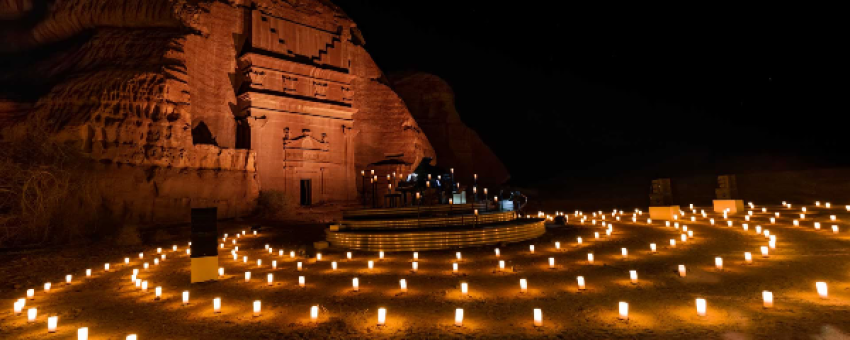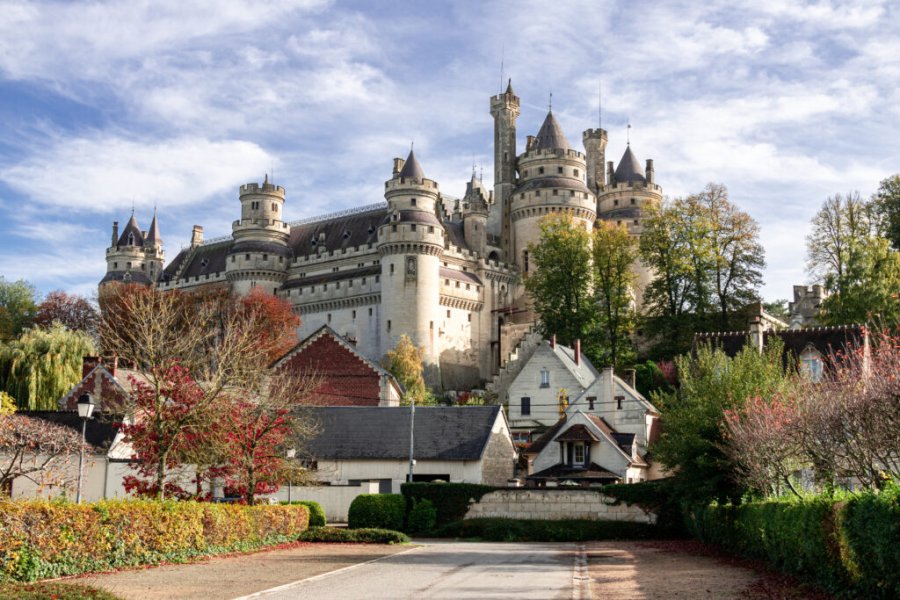The Saudi holy lands
If there's one last frontier left for tourism, it's Saudi Arabia. The birthplace and spiritual home of Islam, Saudi Arabia is rich in attractions and moving symbols. For Muslims, the cities of Mecca and Medina, rich in prophetic significance, have no equal, while the carved temples of Madain Saleh, known as the second Petra, and the sophisticated rock art of Jubbah are the Kingdom's greatest pre-Islamic treasures.
Can be visited in 8 days:
- haqil Border - Tayib Ism - Medyan - Tabuk
- Tabuk - Al Ula
- Hegra
- Al Ula - Khaybar - Medina
- Medina
- Medina - Jeddah
- Jeddah
- Jeddah Departure
Highlights of the trip
During your stay you can enjoy the following highlights: Culture / Heritage, Adventure / Sports & Leisure, Road trip and autotour, Great classics, Travelling alone and travelling in a group.
Best months to go
The best time(s) to go is/are : Janvier, Février, Mars, Avril, Mai, Juin, Juillet, Août, Septembre, Octobre, Novembre, Décembre.
You can go all year round.
How to get there?
You can get there by Plane, Car, Train, Tourism bus.
SAUDI SILK ROAD
From 4900€ / person
Travel suitable for :
Detail of the stay : The Saudi holy lands - 1 day
Visit de Hegra
Hegra is the most emblematic historic site in the Kingdom of Saudi Arabia, and the first to be designated a UNESCO World Heritage Site in 2008. The Nabataeans called it Hijra (as it appears in some ancient inscriptions on the site), and the Romans called it Hegra.
The Nabataeans were Arab merchants actively involved in the incense trade from ancient Yemen, from which they derived their great wealth. The Nabataean kingdom developed from the 2nd century B.C. Extensive colonization of the site took place in the 1st century A.D., when it came under the rule of the Nabataean king Aretas IV Philopatris (Al-Harith IV) (9 - 40 B.C.), who made Hegra the kingdom's first capital, before Petra, 500 kilometers to the north.
In the early 19th century BC, the Ottomans built a railway station at Hegra, along the Hejaz railroad, which linked Damascus to the holy city.







